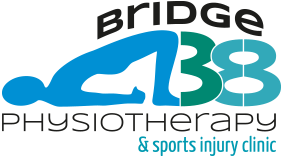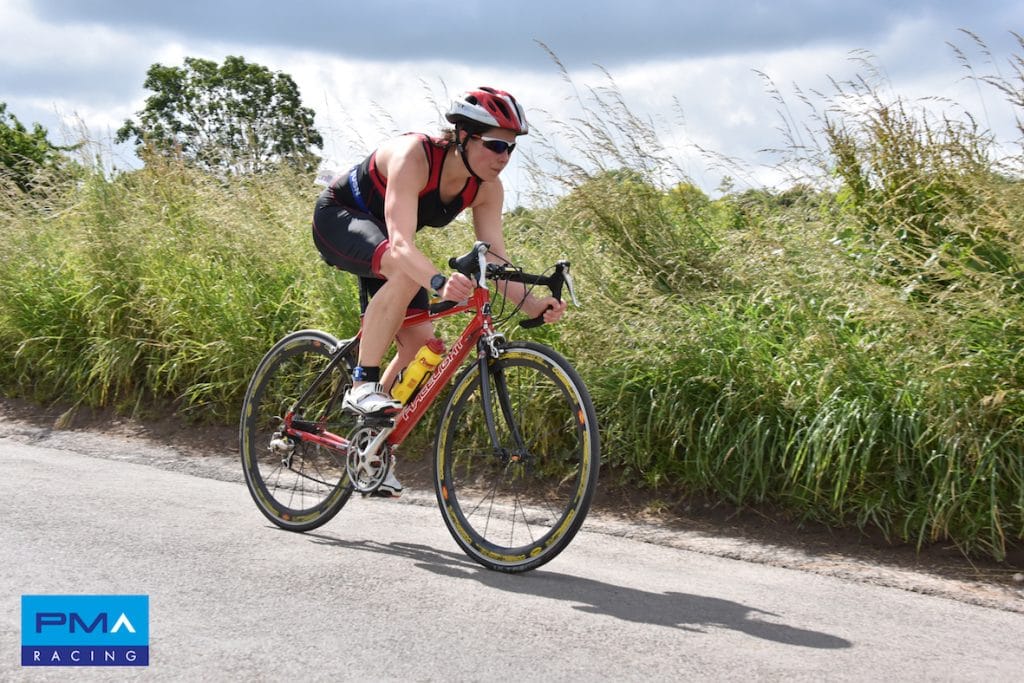This Blog outlines some common training errors and injuries associated with biking and what you can do to prevent them.
Simple Biomechanics:
In order to understand some of the training errors and injuries lets first understand some of the simple biomechanics associated with cycling.
Cycling is a repetitive activity and the leg cycling with an average cadence (amount of revolutions per leg per minute) of 90 will do 5400 revolutions in just one hour. The legs should move in a forward and backward motion, therefore, small deviations from this plane can affect the efficiency, power and overall performance.
Pelvis and Gluteals:
The Pelvis sits on the saddle of the bike and supports the trunk. It should remain level and consistent at all times. The gluteals will then be in their most effective position to provide over 50% of the propulsive power to the pedal. A level pelvis and effective functioning gluteal group will provide optimum alignment of the thigh and knee important for effective propulsion and minimising knee injury.
Hip:
The hip needs to be mobile and be able to bend sufficiently to allow the required mobility to pedal. A stiff hip could cause the spine to bend more or the pelvis to drop or the knee to rotate out to the side. Any of these deviations will reduce power created from the gluteals and increase the stress placed across the knee quadriceps and even calf muscles.
Trunk:
The trunk should remain stable using low effort to allow for efficient breathing. An independent trunk will avoid overusing the arms for stability and create an efficient stable platform for the legs to generate propulsive force.
Training error
Training Error is the most common error that leads to injury but the simplest to control.
Intensity: Intensity is how hard the sessions are. Any sudden or repetitive change in speed, riding long hilly sessions can lead to overuse injury as the bodies tissues have not been given enough time to adapt and become robust.
Frequency: The change from winter to summer cycling generally leads to an increase in frequency and length of rides as the weather and light improves. Doing this too suddenly can potentially lead to overuse injuries.
The Solution: PLAN both your individual sessions and general season. If racing plan in when your peak heavy weeks will be and when you will plan your recovery sessions.
Injuries and solutions
Knee:
The most common knee injuries are the patellofemoral joint (knee cap) and the ITB – Ileotibial band (A long bit of connective tissue running down the outside of your thigh). Imbalances can occur if the knee does not track directly over the centre of your feet. This is often caused by weak gluteals and associated with reduced power.
The Solutions:
- Reduce the amount of time pedalling in a heavy a gear. This will reduce the compressive force across the knee cap.
- Check your seat position. Too low will reduce power and increase excessive loading in the knees and too high may increase load on the ITB by causing us to reach of the pedal.
- Check cleat position and foot posture – incorrect foot posture and position can change alignment of the knee. Insoles, cleat adjustment or wedges can often help
- Incorporate gluteals and quadricep strength training into your programme and stretch your quadriceps and hamstings. Click here for a simple strength exercise for cycling and here for some simple stretches.
Neck:
Neck pain is often a result of poor posture on the bike and poor shoulder girdle and trunk stability. Cycling with straight arms sends force up into the top of the shoulder and neck. Being tight in the back and hamstrings can increase the bend in your back which in turn causes more extension in your neck.
The Solutions:
- Make sure the drops are not too low or saddle tilted too far down which will cause you to hyperextend the neck placing stress on the small joints of the neck..
- Incorporate trunk stability exercises and shoulder strengthening to reduce load on the arms and neck.
- Incorporate mobility to your back, hamstrings and gluteals
Low Back:
The low back can get injured due to the time spent in a flexed position but also if the riders back is too flexed. This will reduce the optimum position for the gluteals to be effective which will reduce power and speed.
The Solutions:
- Make sure your hip flexion is adequate to prevent the back having to flex more or the pelvis to dip to the side. In lying practice pulling hip and knee to chest without letting your back flatten on the floor
- Training the trunk musculature to provide support to the spine.
- Check saddle height. Too high and the pelvis will sway side to side increasing strain on the back
- Think about how long we sit in our day to day jobs leading to tight buttock and hip flexor muscles so incorporating daily standing and stretching to these areas
For more advice on pain or injuries contact Fiona Campbell at info@bridge38physiotherapy.co.uk or go to www.bridge38physiotherapy.co.uk

